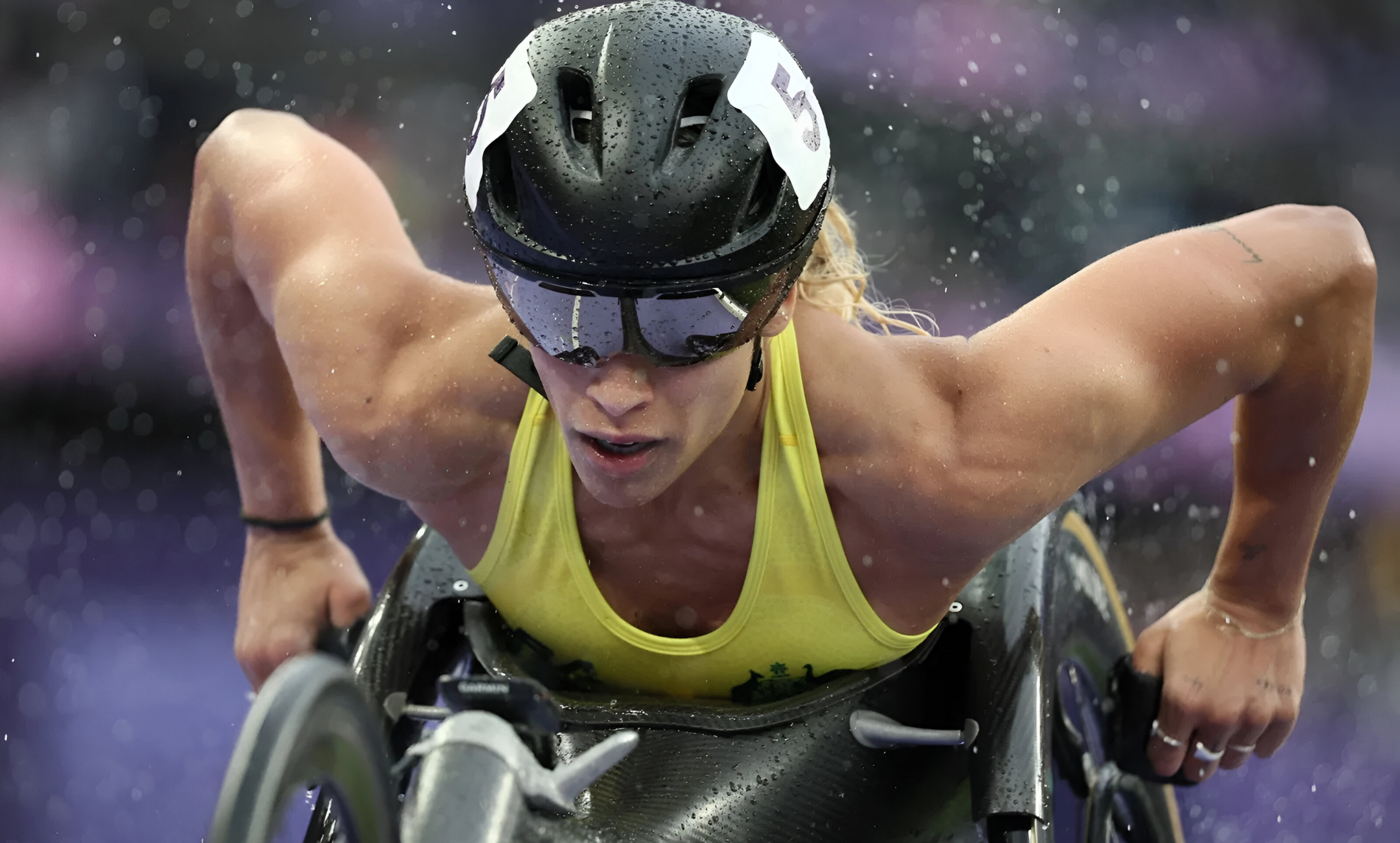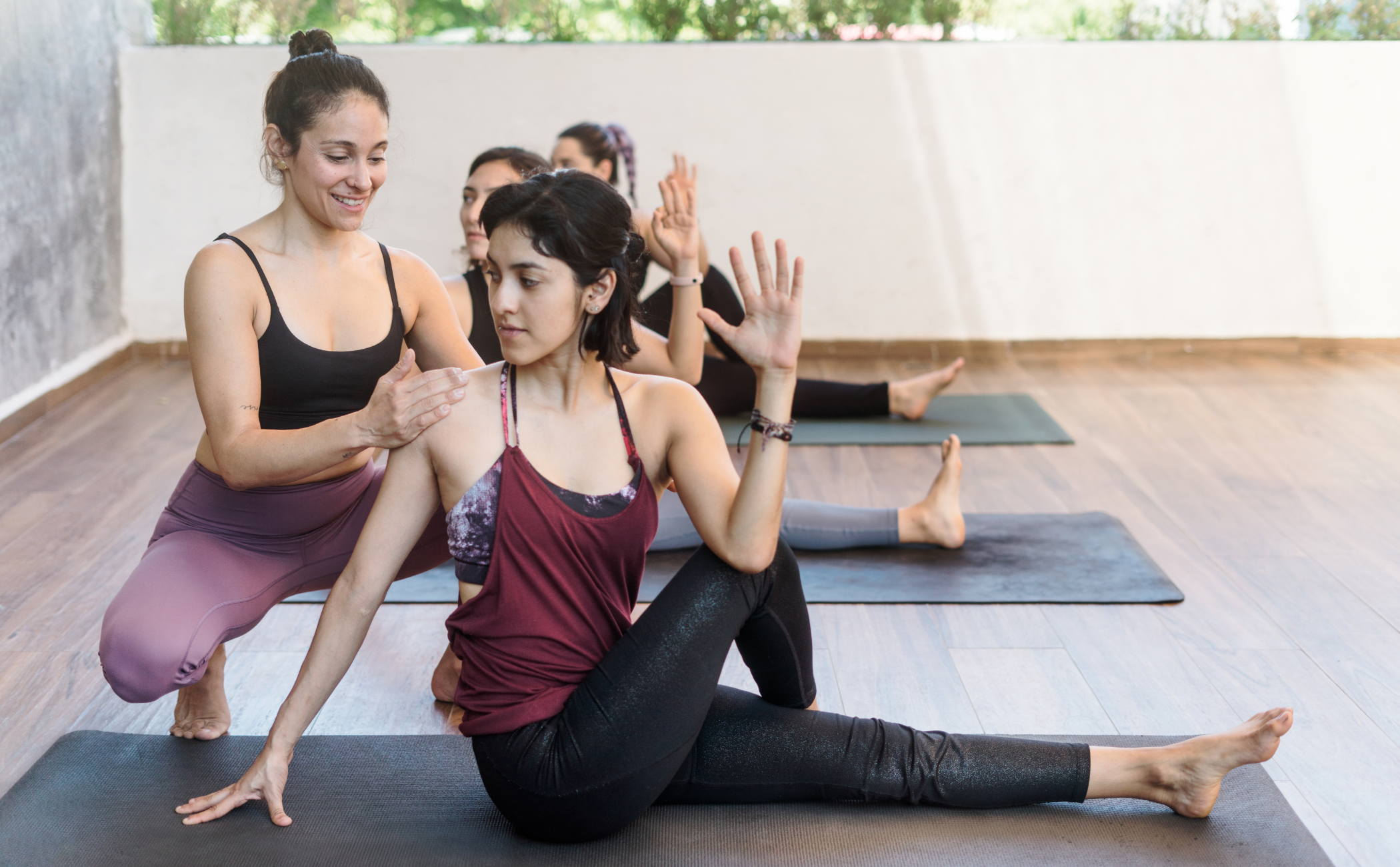Para cycling is more than a sport; it’s a testament to human spirit and resilience. By blending determination and innovation, athletes in para cycling demonstrate that no obstacle is insurmountable. Whether tackling steep climbs, speeding along flat tracks, or pushing boundaries on rugged terrains, para cycling stands as a powerful symbol of strength and capability. Under the banner of inclusivity, this para cycling categories thrives on its message—”Nothing can stop you climb more.”
This blog dives into the heart of para cycling categories, explaining their significance, celebrating athletes, and applauding how technology merges with courage to push limits.
The Spirit of Para Cycling:
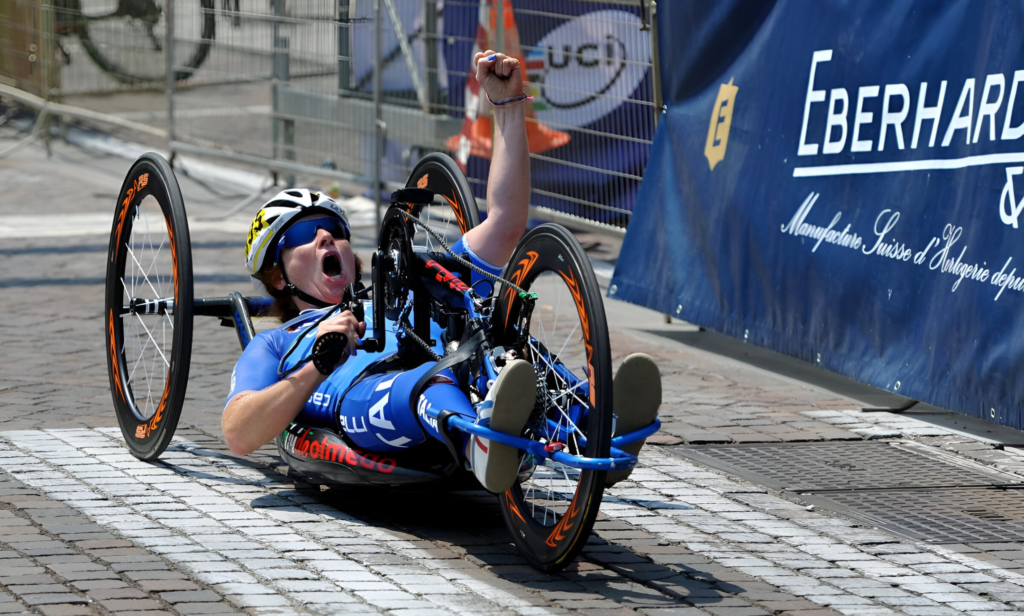
Para cycling is not just about reaching the finish line; it’s about the endless possibilities for those who dare to dream. Athletes in this sport redefine what it means to overcome obstacles. Through every race, training session, and challenge conquered, para cyclists inspire us with their determination.
Take, for example, hand cyclists powering through uphill climbs using only their upper bodies, or tandem bike riders building trust and teamwork. These athletes remind the world of the power of persistence. Every story in this community is one of triumph, showcasing that nothing—not even physical challenges—can stop someone from climbing higher.
Whether on the road or track, para cycling represents strength, adaptability, and a shared commitment to breaking barriers.
Understanding Para Cycling Categories:
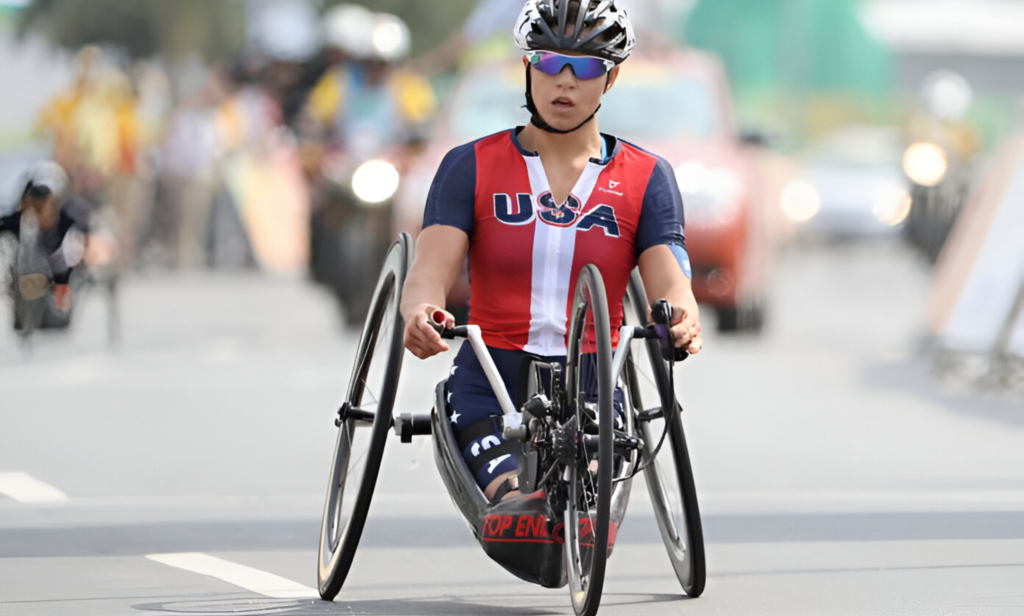
To ensure fairness and inclusivity, para cycling employs a classification system. This system is designed to group athletes based on their abilities and physical impairments, creating a level playing field in competitions. The categories highlight individual strengths while allowing cyclists to compete under conditions that reflect their unique needs.
From handcycles to tandem bikes, each classification demonstrates how adaptability can empower athletes. Here’s a closer look:
Handcycles (H1-H5): Conquering the Climb with Your Hands:
Handcycles are a marvel in para cycling. Tailored for athletes with lower limb impairments, these adaptive bikes use an athlete’s upper body strength to power them forward. Picture an athlete using their arms to propel through rigorous terrains, turning a challenging climb into a feat of perseverance.
These bikes come in different forms, including reclined or upright positions, depending on the athlete’s needs. The H1 to H5 classifications tailor competition to factors like arm function and trunk strength, ensuring inclusivity. Whether it’s a time trial or a scenic ride through mountain roads, hand cyclists prove that nothing can stop you—and nothing should.
Tandem Bikes (B1-B3): Teamwork to Reach the Summit:
For visually impaired cyclists, tandem bikes are the epitome of trust and teamwork. These bikes include a sighted pilot in the front and the visually impaired athlete in the rear. Together, they work in unison to tackle climbs, race at top speeds, and defy limits.
The classifications (B1-B3) cater to varying levels of visual impairment. This category exemplifies what can be achieved when two people work together, proving that success is not just about individual effort but also about collaboration.
Tricycles (T1-T2): Stability for the Steepest Paths:
Balance can be a key barrier for many athletes—this is where tricycles step in. Tricycles add stability on rough terrains and provide confidence for athletes with coordination or balance impairments. With three wheels supporting the rider, these bikes allow athletes to take on challenging courses they might otherwise avoid.
Classified as T1 and T2, with T1 accommodating more severe impairments, tricycles open the door to adventure and competition for everyone.
Standard Bicycles (C1-C5): Redefining Limits on Two Wheels:
Athletes who ride standard bicycles show how traditional cycling can be adapted seamlessly for para sports. Designed for cyclists with physical disabilities like limb impairments, these bikes maintain all the elements of classic cycling while tailoring support for the individual.
The classification, C1 to C5, takes factors such as functional ability into account. On these two wheels, athletes defy expectations, leaving no mountain unclimbed and no challenge unbeaten.
The Role of Adaptive Equipment:
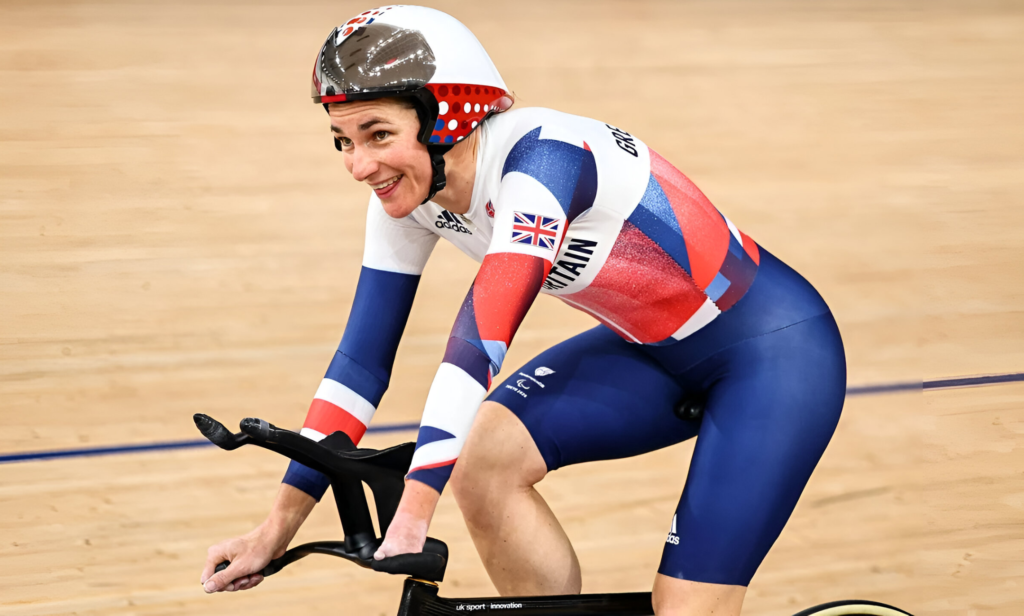
At the heart of para cycling is the integration of adaptive equipment. From the precision engineering of tandem bikes to the ergonomic designs of handcycles, technology plays a vital role in enabling athletes to achieve their potential.
One striking example is how specialized gears on handcycles allow riders to tackle even the toughest inclines. For tandem teams, bikes are built for maximum synchronization—ensuring smooth rides combined with high performance. Tricycles focus on balance, while standard bicycles often incorporate lightweight materials and subtle adjustments for optimal comfort.
Adaptive equipment ensures that athletes are not limited by traditional constraints. Instead, it propels them to reach new summits—both literal and metaphorical.
Inspiring Stories of Para Cyclists:
Every para cyclist embodies resilience, strength, and determination. Their stories remind us of what the human spirit can achieve despite obstacles. Here’s a closer look at some famous para cyclists and their incredible journeys:
Oksana Masters - From Survival to Athletic Glory:
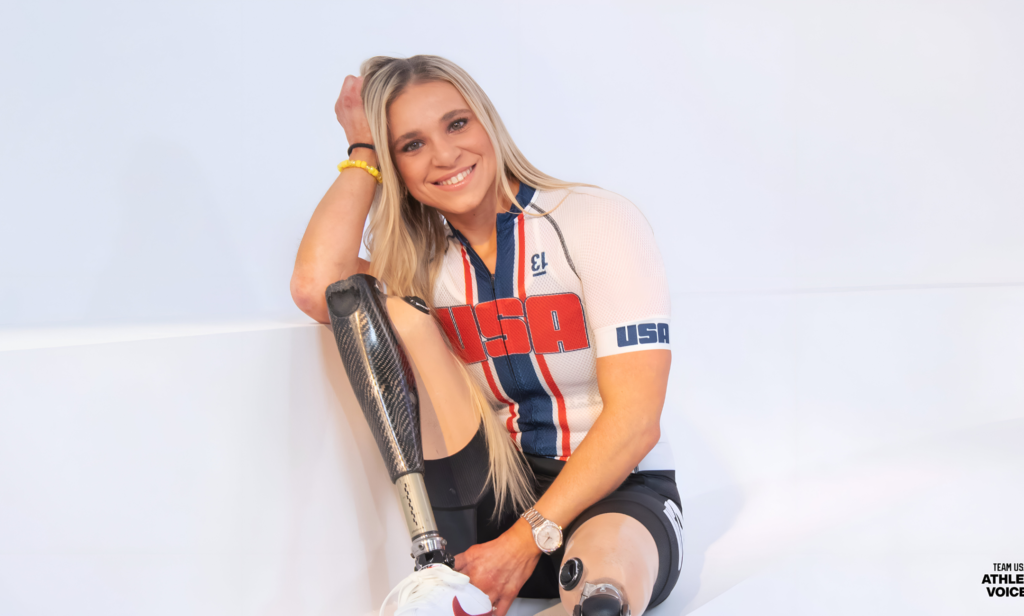
Oksana Masters is a name that resonates far beyond the world of para cycling. Born in Ukraine and faced with birth defects caused by radiation exposure from the Chernobyl nuclear disaster, she endured tremendous physical challenges. After being adopted and undergoing several surgeries, including double leg amputations, Oksana found her place in adaptive sports.
Originally excelling in rowing and skiing, she took up road para cycling and quickly rose to prominence. At the Tokyo 2021 Paralympics, Oksana won two cycling medals—a gold in the road time trial and a silver in the road race. Her determination to redefine what’s possible for a person with disabilities has made her an icon, not just in the sports community but globally.
She serves as a beacon of hope, proving that every challenge can be surmounted with willpower and perseverance.
Sarah Storey - The Most Decorated British Paralympian:
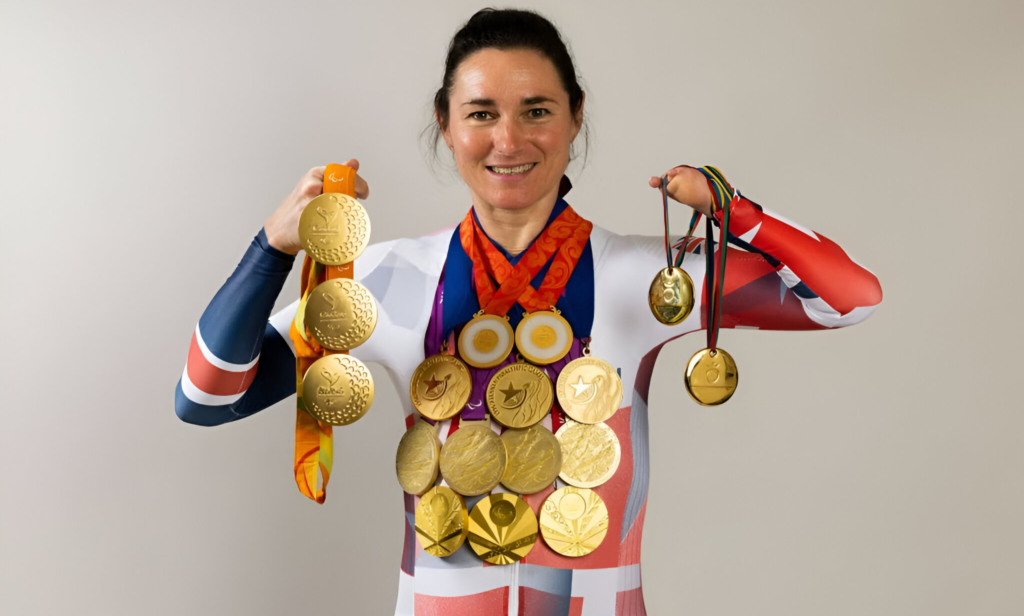
Dame Sarah Storey stands tall as one of the most remarkable athletes in para cycling. Born without a functioning left hand, Sarah initially found success in swimming, earning numerous Paralympic gold medals in the pool. However, a recurring ear infection kept her out of the water—and led her to take up cycling.
What followed was history in the making. With her extraordinary skills and competitive drive, Sarah claimed numerous world titles and Paralympic golds on the track and road. At the Tokyo 2021 Paralympics, she surpassed all records to become Britain’s most successful Paralympian, with 17 gold medals across her career.
Her versatility, resilience, and continuous drive to challenge limits have made her a role model for athletes everywhere.
David Stone - Conquering Challenges with Tricycles:
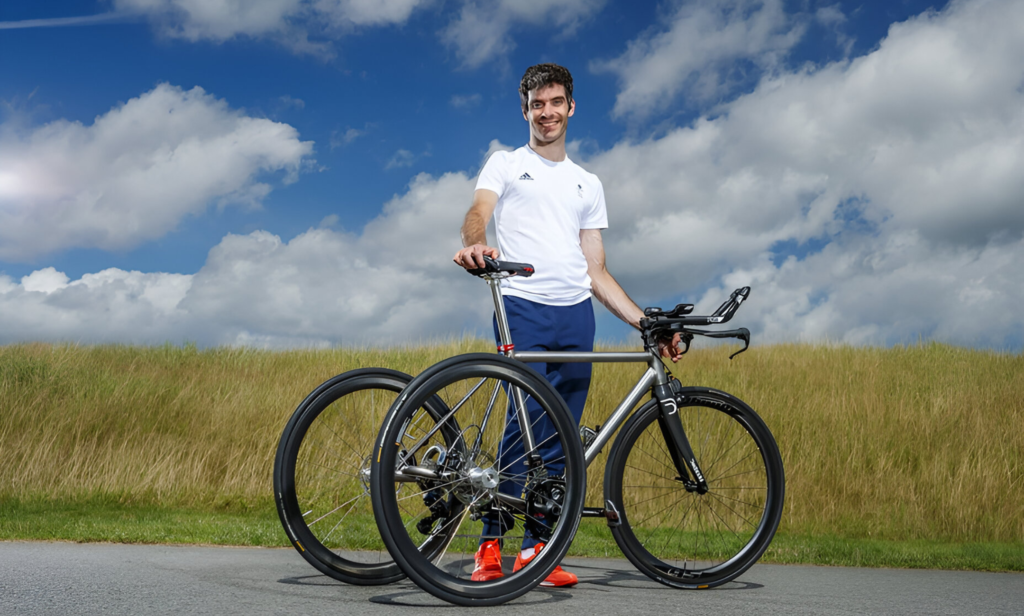
David Stone’s name is synonymous with triumph over adversity. Born with cerebral palsy, David faced challenges in mobility and balance from an early age. But where others see limits, David saw opportunities. He took to para cycling, discovering tricycles designed for athletes like him.
Over his career, David has become a dominant force in the T2 para cycling classification. With gold medals at multiple Paralympic Games and World Championships, his list of achievements is nothing short of inspiring. More than his medals, it’s his relentless spirit that resonates with fans worldwide. His success highlights how specialized equipment and unwavering determination pave the way to glory.
Aaron Keith - A Precision Cyclist on the Global Stage:
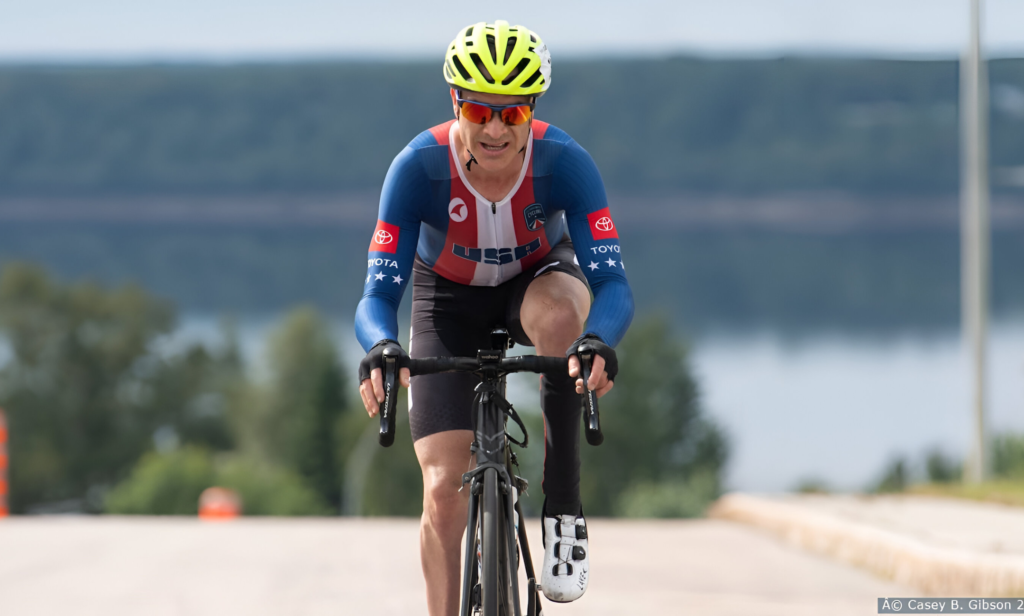
Aaron Keith, a U.S. para cyclist, exemplifies resilience and a commitment to excellence. Diagnosed with a limb deficiency, he turned to sports to channel his energy positively. He began competing in the C4/C5 classification and quickly made a mark in both road and track cycling.
His crowning achievement came at the UCI Para Cycling Road World Championships. There, Aaron secured multiple podium finishes, representing the United States with pride and earning respect for his cycling prowess. Off the bike, Aaron advocates for adaptive sports and encourages younger generations to believe in their potential—no matter the odds.
Louis Rolfe - A Young Star Redefining Limits:
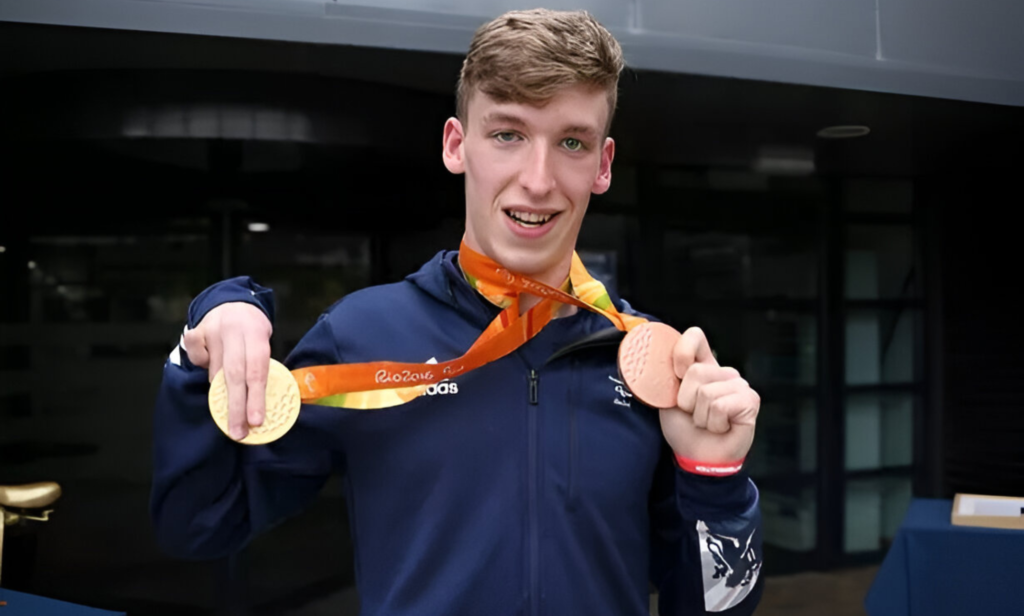
Louis Rolfe’s rise to prominence reminds us that para cycling is a sport for all ages and abilities. Born with cerebral palsy, Louis turned to para cycling as a teenager, inspired by the possibility of pushing his limits. Competing in the C2 classification, Louis has shown remarkable strength, determination, and skill.
His proudest moment came at the Rio 2016 Paralympics, where he won both a gold and a bronze medal in track cycling events. Beyond his athletic accomplishments, Louis continues to inspire young para-athletes to aim high and break barriers.
Carol Cooke - From Multiple Sclerosis Diagnosis to Gold
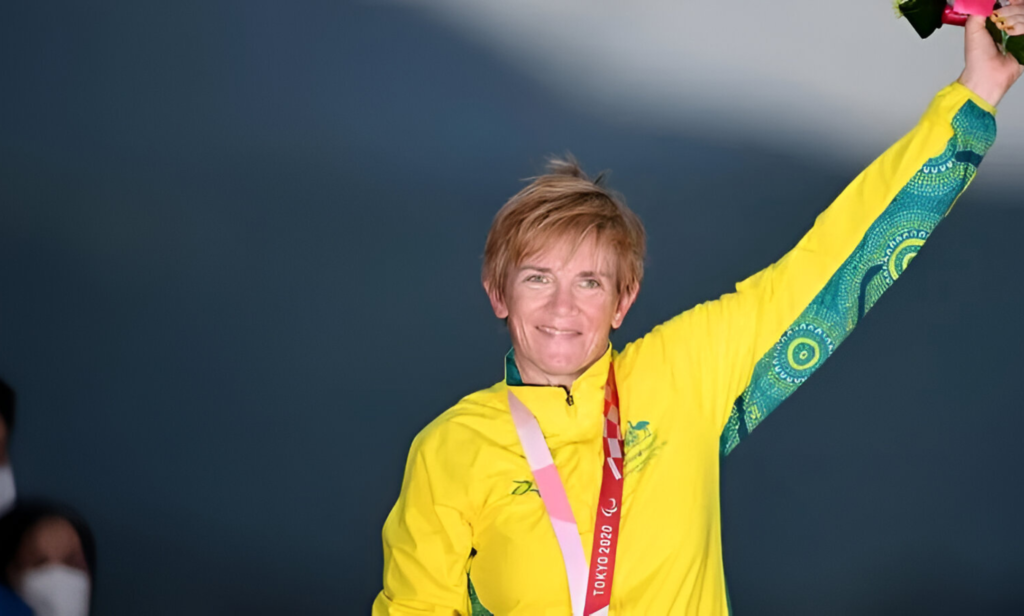
Carol Cooke’s story is one of reinvention and transformation. Born in Canada but competing for Australia, she was an elite-level swimmer in her youth. However, after moving to Australia, she was diagnosed with multiple sclerosis—a condition that could have ended her athletic aspirations.
Instead, Carol discovered para cycling and began competing in the tricycle (T2) category. Through sheer grit and strength, she won multiple gold medals at the Paralympics and World Championships. Her achievements inspire countless athletes facing health challenges, demonstrating that with the right mindset, nothing can stop their climb.
Clara Brown - A Remarkable Comeback Story:
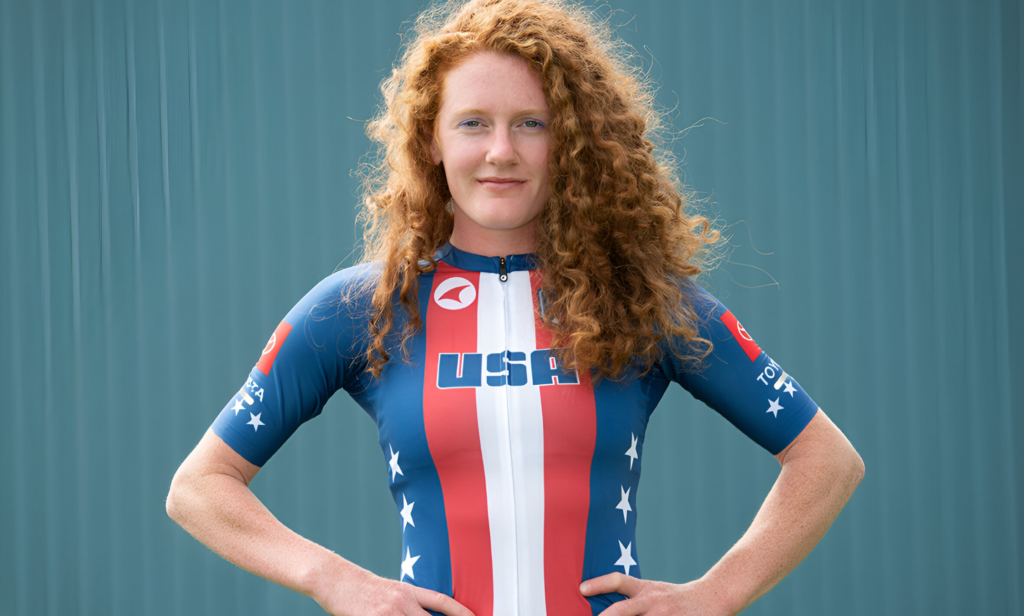
Clara Brown’s story is an unforgettable tale of persistence and perseverance. A spinal cord injury at 12 years old initially robbed her of the ability to walk or cycle. However, through years of intense rehab and a never-give-up attitude, Clara not only regained mobility but also pursued para cycling.
Now a fierce competitor in the C3 category, Clara has clinched multiple titles at the UCI Para Cycling World Championships. Her story isn’t just one of individual triumph—it’s a reminder of the strength of community and support networks in helping athletes achieve greatness.
The Impact of Para Cyclists Worldwide:
These athletes and so many more—from Nikos Papangelis to Brandon Lyons—have redefined what it means to succeed. Whether breaking world records, mentoring younger athletes, or taking part in awareness campaigns, their efforts extend far beyond podium finishes.
These stories are fuel for anyone facing their own mountain to climb. Through para cycling, these athletes teach us a valuable lesson—life will present challenges, but with courage and adaptability, nothing can stop you from reaching the summit. Their journeys ignite hope and make us believe that determination truly knows no bounds.
The Climbing Mindset: Nothing Can Stop You:
It’s often said that the hardest climbs lead to the most beautiful views. This couldn’t be truer in para cycling. To take on steep climbs and demanding courses, athletes cultivate a “nothing can stop me” attitude. It’s about more than muscle power—it’s about resilience, courage, and an unbeatable spirit.
Cyclists face challenges head-on, whether that’s adjusting to a new piece of adaptive equipment or training through grueling hours. This mindset doesn’t just help them conquer physical summits but also life’s everyday hurdles. Para cycling pushes athletes to be stronger, more focused, and more determined with every pedal stroke.
Frequently Asked Questions:
What is para cycling?
Para cycling is an adapted form of cycling for athletes with physical impairments. It includes both road and track events, where athletes compete in specific classifications depending on their abilities. The sport incorporates various types of adapted bicycles, such as handcycles, tandem bikes, tricycles, and standard bicycles, to ensure inclusivity for all participants.
How does the classification system work?
The para cycling classification system groups athletes based on their specific impairments to create fair competition. The categories range from C1 to C5 for standard bicycles, H1 to H5 for handcycles, T1 and T2 for tricycles, and B1 to B3 for tandem bikes. These classifications consider factors like muscle strength, limb function, balance, and coordination to determine the athlete’s category.
What types of equipment are used in para cycling?
Para cycling utilizes specialized equipment tailored to each athlete’s needs:
- Handcycles: Powered by the arms, ideal for athletes with lower body impairments.
- Tandem Bikes: Designed for visually impaired athletes with a sighted pilot in the front seat.
- Tricycles: Three-wheeled bikes offering stability for riders with balance and coordination impairments.
- Standard Bicycles: Customized for cyclists with limb impairments or physical disabilities.
Who can participate in para cycling?
Para cycling is open to individuals with physical impairments who meet the eligibility criteria set by governing bodies like the UCI (Union Cycliste Internationale). Athletes must be classified into their respective category to ensure fair and competitive participation.
What are the main disciplines in para cycling?
Para cycling includes two main disciplines:
- Road Cycling: Events like road races and time trials are held on open courses.
- Track Cycling: Includes events such as pursuit, sprint, and time trial, held on indoor or outdoor cycling tracks.
How do athletes qualify for para cycling competitions?
Qualification depends on the competition level. Athletes typically need to:
- Compete in regional or national para cycling events.
- Obtain classification certification from an approved panel of classifiers.
- Meet specific time standards or performance criteria set by the UCI or their national sports federation.
For international events like the Paralympics, athletes may also need to qualify through world championships or ranking points.
What role does technology play in para cycling?
Technology plays a vital role in para cycling by enhancing performance and accessibility. Specialized gears, lightweight frames, ergonomic designs, and advanced materials are tailored to each athlete’s specific needs. Innovations in adaptive equipment empower cyclists to overcome physical challenges and perform at their best.
What is some major para cycling events?
Key events in para cycling include:
- UCI Para Cycling World Championships (Road and Track).
- UCI Para Cycling World Cup series.
- Paralympic Games.
- National Championships hosted by individual countries.
How does para cycling promote inclusivity?
Para cycling fosters inclusivity by creating opportunities for athletes with various impairments to compete and excel. The classification system ensures fairness, and the use of adaptive equipment allows all participants to focus on their abilities rather than limitations. Through its inspirational athletes and emphasis on equality, para cycling encourages broader societal acceptance of individuals with disabilities.
Why is para cycling important?
Para cycling not only gives athletes with impairments a chance to compete but also serves as a powerful platform for inspiring resilience, unity, and perseverance. It demonstrates that physical limitations don’t define ability and fosters a global community built on mutual respect and admiration.
How can someone get started in para cycling?
To start para cycling:
- Contact a local or national para cycling organization.
- Get assessed and classified for eligibility.
- Begin training with specialized equipment suited to your classification.
- Participate in local races and events to gain experience and build skills.
Many countries have clubs and organizations dedicated to helping new athletes get involved in para sports.
Can para cycling be a recreational activity too?
Absolutely! While many para cyclists compete professionally, the sport is also enjoyed recreationally. Adaptive bikes make cycling accessible for everyone, whether it’s for fitness, exploration, or simply enjoying the outdoors. Recreational para cycling can be an excellent way for individuals to stay active, connect with the community, and challenge themselves.
How are para cycling events regulated?
All para cycling competitions follow the rules and regulations set by the UCI. These guidelines cover everything from classification to equipment standards, ensuring fair play across all levels of competition.
What are some inspiring success stories in para cycling?
Athletes like Sarah Storey, Oksana Masters, David Stone, and Carol Cooke showcase the incredible achievements possible in para cycling. These individuals have overcome significant challenges to secure medals at world championships and Paralympic Games, inspiring others to pursue their dreams regardless of circumstances.
How does para cycling benefits communities?
Beyond fostering individual talents, para cycling builds community and raises awareness about the capabilities of people with impairments. It inspires audiences to view disabilities through a lens of ability, creating a culture of support, inspiration, and mutual respect. Events often raise support for local athletes and promote adaptive sports programs.
conclusion:
Para cycling is a celebration of effort, innovation, and human spirit. Each category underlines a different strength, making it clear that the sport is about inclusivity, determination, and overcoming obstacles. From the synchronized power of tandem bikes to the sleek adaptability of handcycles, para cycling shows us that there is no challenge too steep and no dream too far.
For those thinking about taking up the sport, remember—nothing can stop you climb more. Support, recognize, and champion para athletes who push boundaries daily, inspiring us all to reach higher.


